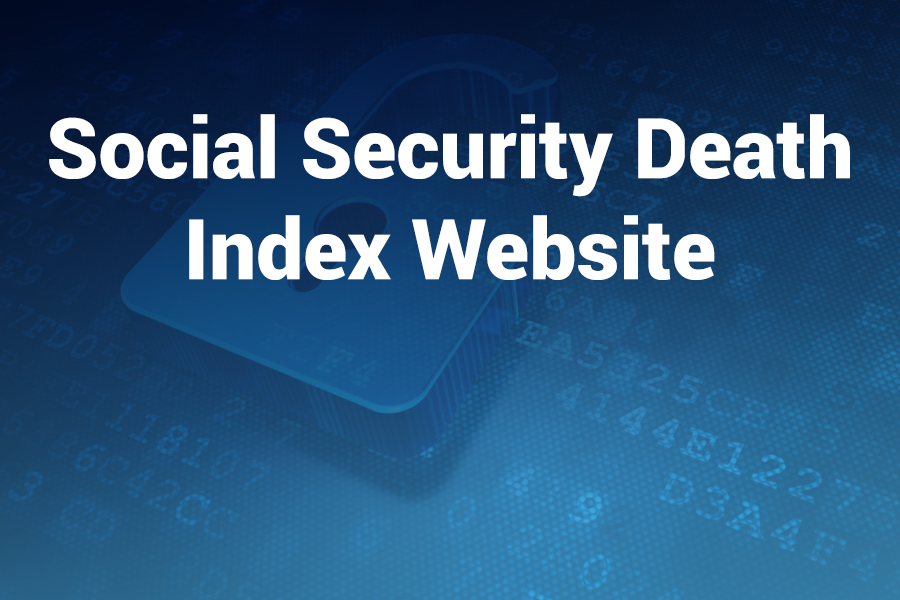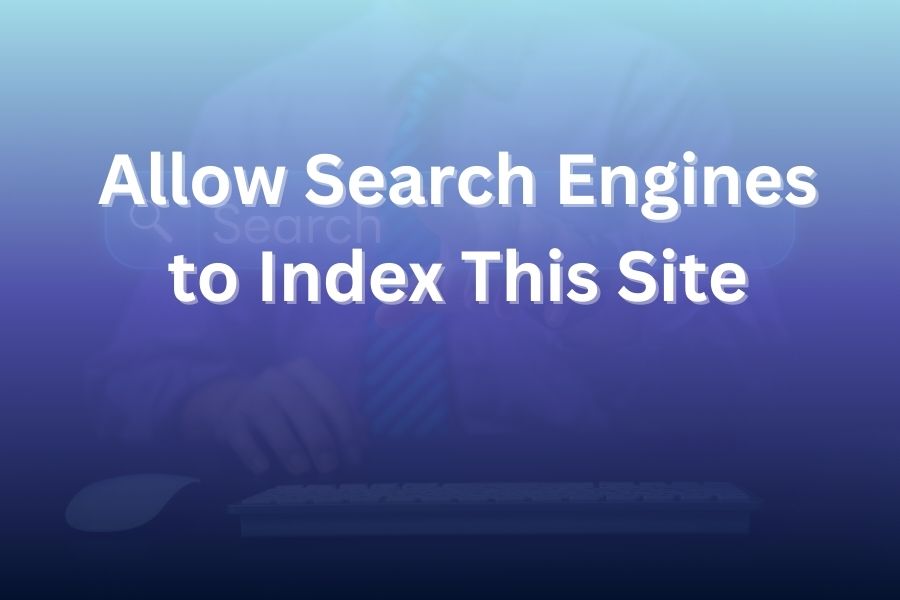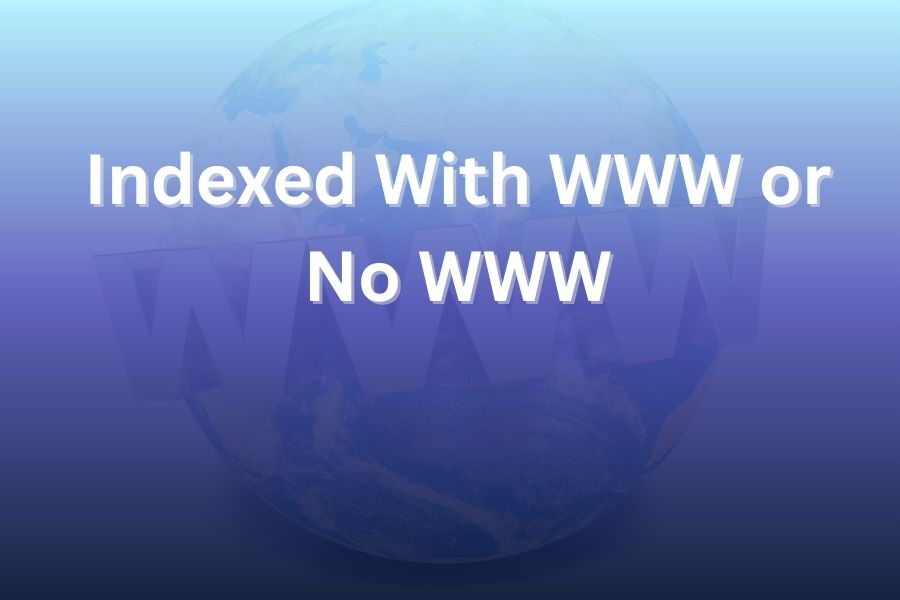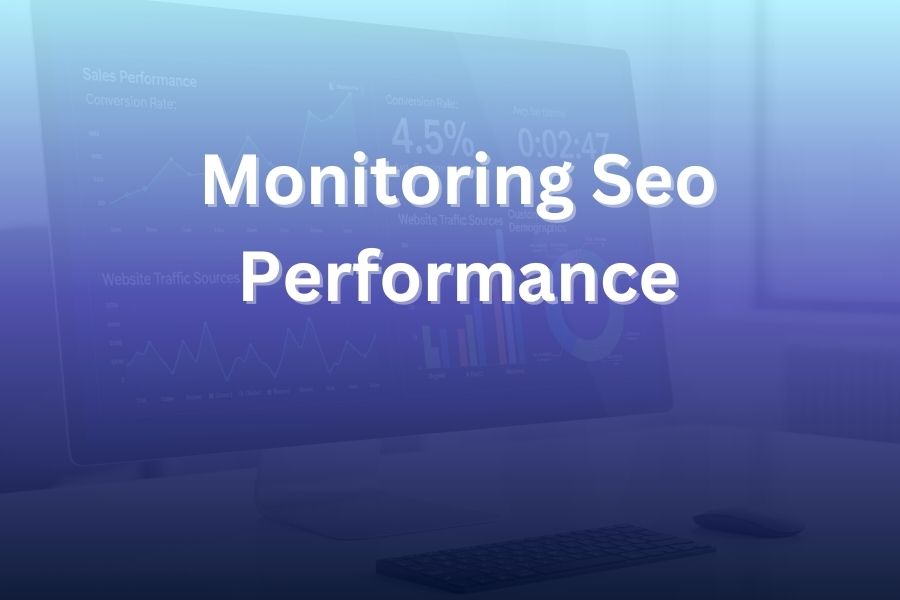
The Social Security Death Index (SSDI) remains one of the most valuable online tools for verifying death records, researching ancestry, and confirming Social Security data.
Whether you’re a genealogist, a researcher, or simply trying to confirm a loved one’s record, understanding how to use this database efficiently can save time and frustration. In this article, you’ll learn what the SSDI is, how it works, where to access it, and the best practices for accurate results in 2025.
What Is the Social Security Death Index (SSDI)?
The Social Security Death Index is a massive database of death records collected by the U.S. Social Security Administration (SSA). It contains details about individuals whose deaths have been reported to the SSA, primarily for the purpose of terminating benefits and preventing identity fraud.
The SSDI covers millions of records dating back to 1936, when Social Security numbers were first introduced. Each record typically includes a person’s full name, date of birth, date of death, and the last known place of residence. This makes it a vital tool for genealogists, historians, financial institutions, and families seeking confirmation of a deceased relative’s record.
How the SSDI Works in 2025
When someone dies, their death is usually reported to the Social Security Administration by funeral homes, family members, or government agencies. Once verified, the SSA updates its internal file known as the Death Master File (DMF). The publicly available version of this file becomes the Social Security Death Index, which is updated periodically.
As of 2025, modern data systems have made this process faster. Most updates occur within weeks of verification, which means that the index now reflects newer deaths more accurately. However, not every death in the U.S. appears immediately in the SSDI due to delays in reporting or privacy restrictions introduced under the Bipartisan Budget Act of 2013.
Why the SSDI Is Important for You
You may not realize how valuable the SSDI is until you need to confirm someone’s death for legal, financial, or family reasons. Here are key reasons it matters:
- Identity Protection: Prevents identity theft by confirming that Social Security numbers of deceased individuals are marked as inactive.
- Estate Management: Helps settle wills, close accounts, and verify insurance claims.
- Genealogy Research: Enables family historians to trace ancestors accurately.
- Government and Legal Use: Assists agencies and professionals in verifying death for official documentation.
If you’re dealing with Social Security benefit claims, ancestry tracking, or estate verification, this database serves as a primary source of truth.
How to Access the Social Security Death Index Website
The SSDI isn’t directly available from the official SSA website to the public anymore. However, it can be accessed through approved genealogy and record websites that compile the same data from the SSA’s Death Master File. In 2025, several major genealogy platforms still maintain updated, searchable SSDI databases.
To find a record:
- Visit a reliable genealogy or public record website.
- Enter the person’s first and last name.
- Add the approximate birth year or death year if known.
- Narrow the search using the state or ZIP code if available.
- Review the result details for confirmation.
Most sites allow you to view a basic summary for free, while advanced details may require an account or subscription.
Key Information Found in an SSDI Record
When you search the SSDI, you’ll typically find:
- Full legal name
- Date of birth and death
- Last known residence
- Last benefit location
- Social Security number (partially masked for privacy)
In some cases, additional details such as the issuance state of the Social Security number may also appear, helping genealogists trace family origins.
Changes and Privacy Updates in 2025
In previous years, the SSDI displayed full Social Security numbers, which led to concerns about misuse. Starting in 2014 and continuing into 2025, privacy laws have further restricted public access to sensitive information.
Only authorized entities such as financial institutions, insurers, and certain government agencies have full access to the Death Master File. Public versions of the SSDI now include partial data to protect privacy. Despite these limits, it still provides enough details for legitimate personal and genealogical use.
Accuracy of SSDI Data
While the SSDI is generally reliable, it’s not perfect. Some records may be missing, duplicated, or delayed due to incomplete reporting. For example, not all deaths are reported to the SSA—especially if the deceased never had a Social Security number or if reporting agencies fail to submit updates.
Therefore, if you can’t find a name in the SSDI, it doesn’t necessarily mean the person is still alive. You should cross-check with other public records like obituaries, vital records, or cemetery databases for confirmation.
Best Tips for Using the SSDI Effectively
To get the most accurate search results:
- Use full names including middle initials if known.
- Try multiple spelling variations.
- Add a date range for birth or death years.
- Use state or ZIP filters to narrow results.
- Recheck periodically since new records are added monthly.
If you’re conducting legal or financial verification, ensure the information matches official death certificates before taking action.
How Professionals Use the SSDI
Beyond personal use, professionals rely on SSDI data for important purposes.
- Financial Institutions: Prevent fraudulent claims and protect deceased clients’ accounts.
- Genealogists: Build family trees and validate ancestral records.
- Researchers: Study demographic trends, life expectancy, and mortality data.
- Law Firms: Verify deaths in estate and probate cases.
This broad usage shows the ongoing importance of SSDI data, even in the digital privacy era.
Recent Statistics About SSDI and U.S. Death Records
According to the latest data from the Social Security Administration, over 90 million death records are stored within the SSA’s Death Master File as of 2025. Each year, roughly 2.9 million new deaths are added.
However, due to privacy laws, only about 60% of those records are accessible in the public version of the SSDI. This means researchers and family members can still access key information while respecting legal restrictions on sensitive data.
Common Challenges Users Face
When using the SSDI, some users encounter challenges such as:
- Incomplete Records: Missing middle names or exact death dates.
- Multiple Matches: Common names can generate numerous results.
- Privacy Restrictions: Some recent deaths may not appear due to the three-year embargo rule.
To overcome these issues, you should combine SSDI searches with other verification tools like state vital record databases, obituary archives, and cemetery listings.
Alternatives to SSDI for Death Verification
While the SSDI is the most recognized resource, there are alternatives when a record is not found:
- State death records offices
- County vital statistics departments
- Local newspaper archives
- Public genealogy databases
- Private background check services
These sources can fill in missing data or confirm deaths not yet reflected in the SSDI.
Future of the Social Security Death Index
The SSDI continues to evolve as technology improves. By 2025, the integration of AI-driven record matching has enhanced the accuracy and speed of updates. Machine learning tools are helping identify duplicate entries, flag inconsistencies, and ensure faster record validation.
Looking ahead, experts predict that the SSDI will integrate with national digital identity systems, providing secure access for authorized users while maintaining strong data privacy standards.
How to Protect Personal Information When Using SSDI Tools
When searching online, it’s important to use only reputable platforms. Avoid sharing personal details unnecessarily, and never provide payment information unless you’re sure of the site’s authenticity.
Stick to well-known genealogy and public record sites that clearly outline their data privacy policies. Always verify SSL encryption and privacy disclaimers before performing searches or entering sensitive data.
Final Thoughts
The Social Security Death Index remains a powerful resource for verifying deaths, protecting against identity theft, and researching family history. Understanding how to use it correctly gives you confidence in navigating both personal and professional record searches.
By following the right steps, using verified platforms, and staying informed about privacy laws, you can make the most of this indispensable database in 2025 and beyond.






